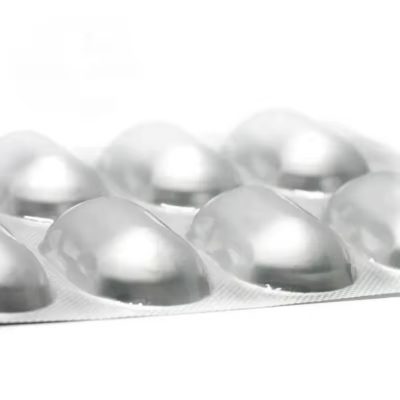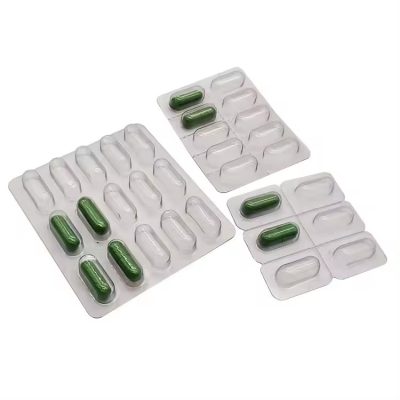In the dynamic landscape of healthcare, medical blister packaging emerges as a cornerstone, providing a sophisticated, dependable, and accessible solution for packaging medications and medical devices. This method, characterized by pre-formed plastic cavities sealed with materials like aluminum foil, ensures the integrity and efficacy of the products it houses. This article delves into the pivotal facets of medical blister packaging, including its significance, materials, benefits, regulatory considerations, and future prospects.
Materials and Design
Medical blister packaging relies on materials such as PVC (polyvinyl chloride), PVDC (polyvinylidene chloride), and aluminum, chosen for their exceptional barrier properties against moisture, oxygen, and light. These materials safeguard the stability and potency of pharmaceuticals. Blister packs typically consist of two components: the blister, a cavity formed from thermoformable plastic, and the lidding, usually aluminum foil.
Blister packs are available in two primary designs: unit-dose and multi-dose packaging. Unit-dose blister packs contain a single dose per cavity, ensuring precise dosage control and minimizing medication errors. Multi-dose packs accommodate multiple doses in a single blister, promoting patient compliance and convenience.
Benefits of Medical Blister Packaging
Protection: Blister packaging offers robust protection against environmental factors such as humidity, contamination, and light, preserving the quality of medications until they are administered.
Compliance and Adherence: By clearly organizing doses, often with labeled days or times, blister packaging facilitates patient adherence to medication regimens, especially crucial for chronic conditions requiring strict adherence.
Tamper Evident: Blister packs provide a tamper-evident seal, crucial for ensuring medication safety. Any tampering attempt is immediately evident, enhancing product security.
Convenience and Portability: Lightweight and compact, blister packs are portable and easy to store, facilitating medication administration in various healthcare settings.
Regulatory Considerations
Stringent regulatory standards govern the manufacturing and use of medical blister packaging to ensure safety and efficacy. Regulatory bodies like the FDA (Food and Drug Administration) in the United States and the EMA (European Medicines Agency) in Europe mandate thorough testing for barrier properties, stability, and safety to meet quality standards.
Innovations and Future Trends
Innovations in blister packaging are focusing on sustainability and smart packaging solutions. Research aims to develop biodegradable and recyclable materials, reducing environmental impact. Smart blister packs integrating technologies like RFID (Radio Frequency Identification) and NFC (Near Field Communication) are emerging, enabling medication tracking and enhancing patient engagement.
Conclusion
Medical blister packaging plays a pivotal role in modern healthcare, ensuring the safe and efficient delivery of medications and medical devices. Its protective, organized, and tamper-evident design enhances patient compliance and medication safety. With ongoing advancements in materials and technology, blister packaging continues to evolve, promising enhanced patient care and sustainable healthcare practices.







